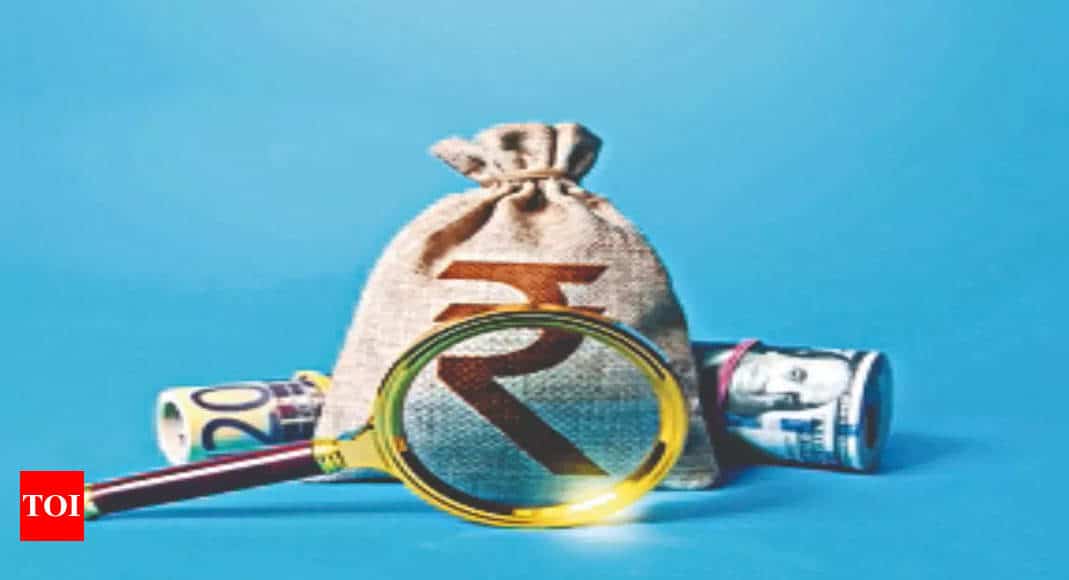NEW DELHI: To avert a repeat of financial scams like the ones perpetrated by Nirav Modi and Vijay Mallya, the Centre has streamlined the process of generating alerts from the Central Economic Intelligence Bureau (CEIB), which lists all cases of money laundering and fraud against an entity seeking loans of Rs 50 crore and more.
It is mandatory for all public sector banks to seek a report from CEIB on borrowers of Rs 50 crore and above at the pre-approval stage. This also applies in case of entities associated with bad debt accounts.
After a meeting with representatives of all government banks, RBI and the IBA (Indian Banks’ Association), the finance ministry has made it compulsory for CEIB to furnish these reports within 15 days of a request made from banks, listing all money laundering and tax evasion cases pending against such high-value borrowers, if any.
Sources said dedicated email IDs have been created in public sector banks and a special cell in CEIB to generate and process such reports, which are meant to act as alerts for bank managements to take an ‘informed’ decision before sanctioning high-value loans.
The process of generating requests from banks and receiving reports from CEIB will now be digital with the government eliminating the process of any offline paper-based communication. All requests from banks have to be made through dedicated emails in a particular format designed for the purpose, and CEIB will send reports only through emails, keeping a record of the timeline and action taken by banks.
The new infrastructure created in the CEIB, an arm of the finance ministry, for issuing reports to banks has led to an increase of more than 300% in generation of such reports on high-value borrowers. It has led to a massive jump in credit offtake, too, with banks sanctioning loans of Rs 39 lakh crore in 2022-23, up from Rs 4.5 lakh crore in 2021-22 on receipt of CEIB reports.
Sources said in the 2023 financial year, at least 6,000 requests were made from banks to CEIB seeking history of economic offences against borrowers, as compared to a little over 1,300 in the previous year. The jump was a result of strict instructions from the finance ministry to banks to adhere to the process of seeking mandatory CEIB reports on each and every high-value borrower.
The government is making CEIB a repository of all cases of economic offences being investigated by different agencies. As TOI had reported earlier, CEIB has created a database of about 2.5 lakh economic offenders, unique companies or individuals and is in the process of giving a unique code to each of these entities that could help in quickly launching a multi-agency probe in case of a fraud alert.
This alpha-numeric unique code, linked to PAN or Aadhaar, will tag all cases of economic offences against an entity and have a 360-degree profiling. A central repository called NEOR – National Economic Offence Records – is under construction and will have all such data accessible to all agencies all the time.
It is mandatory for all public sector banks to seek a report from CEIB on borrowers of Rs 50 crore and above at the pre-approval stage. This also applies in case of entities associated with bad debt accounts.
After a meeting with representatives of all government banks, RBI and the IBA (Indian Banks’ Association), the finance ministry has made it compulsory for CEIB to furnish these reports within 15 days of a request made from banks, listing all money laundering and tax evasion cases pending against such high-value borrowers, if any.
Sources said dedicated email IDs have been created in public sector banks and a special cell in CEIB to generate and process such reports, which are meant to act as alerts for bank managements to take an ‘informed’ decision before sanctioning high-value loans.
The process of generating requests from banks and receiving reports from CEIB will now be digital with the government eliminating the process of any offline paper-based communication. All requests from banks have to be made through dedicated emails in a particular format designed for the purpose, and CEIB will send reports only through emails, keeping a record of the timeline and action taken by banks.
The new infrastructure created in the CEIB, an arm of the finance ministry, for issuing reports to banks has led to an increase of more than 300% in generation of such reports on high-value borrowers. It has led to a massive jump in credit offtake, too, with banks sanctioning loans of Rs 39 lakh crore in 2022-23, up from Rs 4.5 lakh crore in 2021-22 on receipt of CEIB reports.
Sources said in the 2023 financial year, at least 6,000 requests were made from banks to CEIB seeking history of economic offences against borrowers, as compared to a little over 1,300 in the previous year. The jump was a result of strict instructions from the finance ministry to banks to adhere to the process of seeking mandatory CEIB reports on each and every high-value borrower.
The government is making CEIB a repository of all cases of economic offences being investigated by different agencies. As TOI had reported earlier, CEIB has created a database of about 2.5 lakh economic offenders, unique companies or individuals and is in the process of giving a unique code to each of these entities that could help in quickly launching a multi-agency probe in case of a fraud alert.
This alpha-numeric unique code, linked to PAN or Aadhaar, will tag all cases of economic offences against an entity and have a 360-degree profiling. A central repository called NEOR – National Economic Offence Records – is under construction and will have all such data accessible to all agencies all the time.









